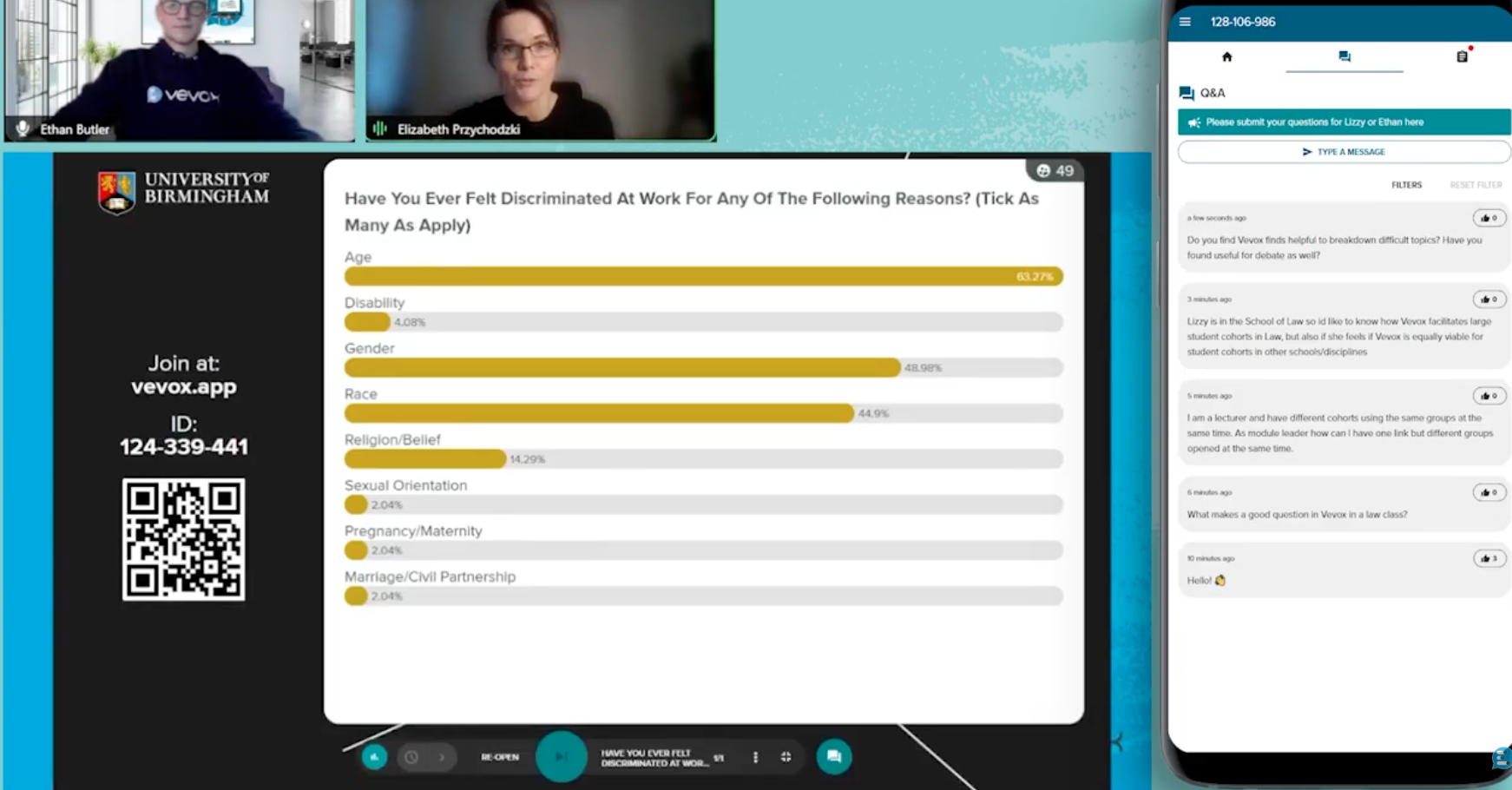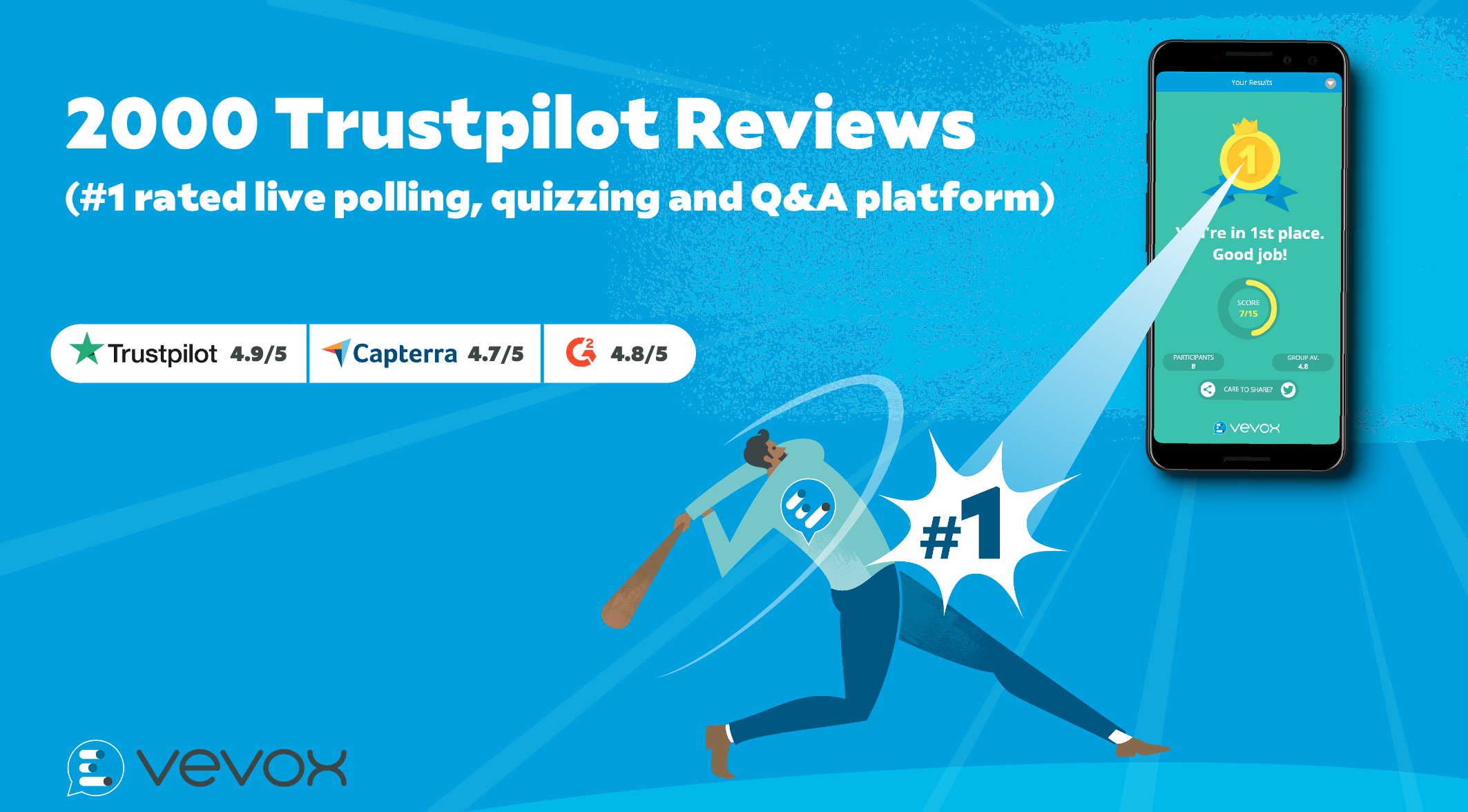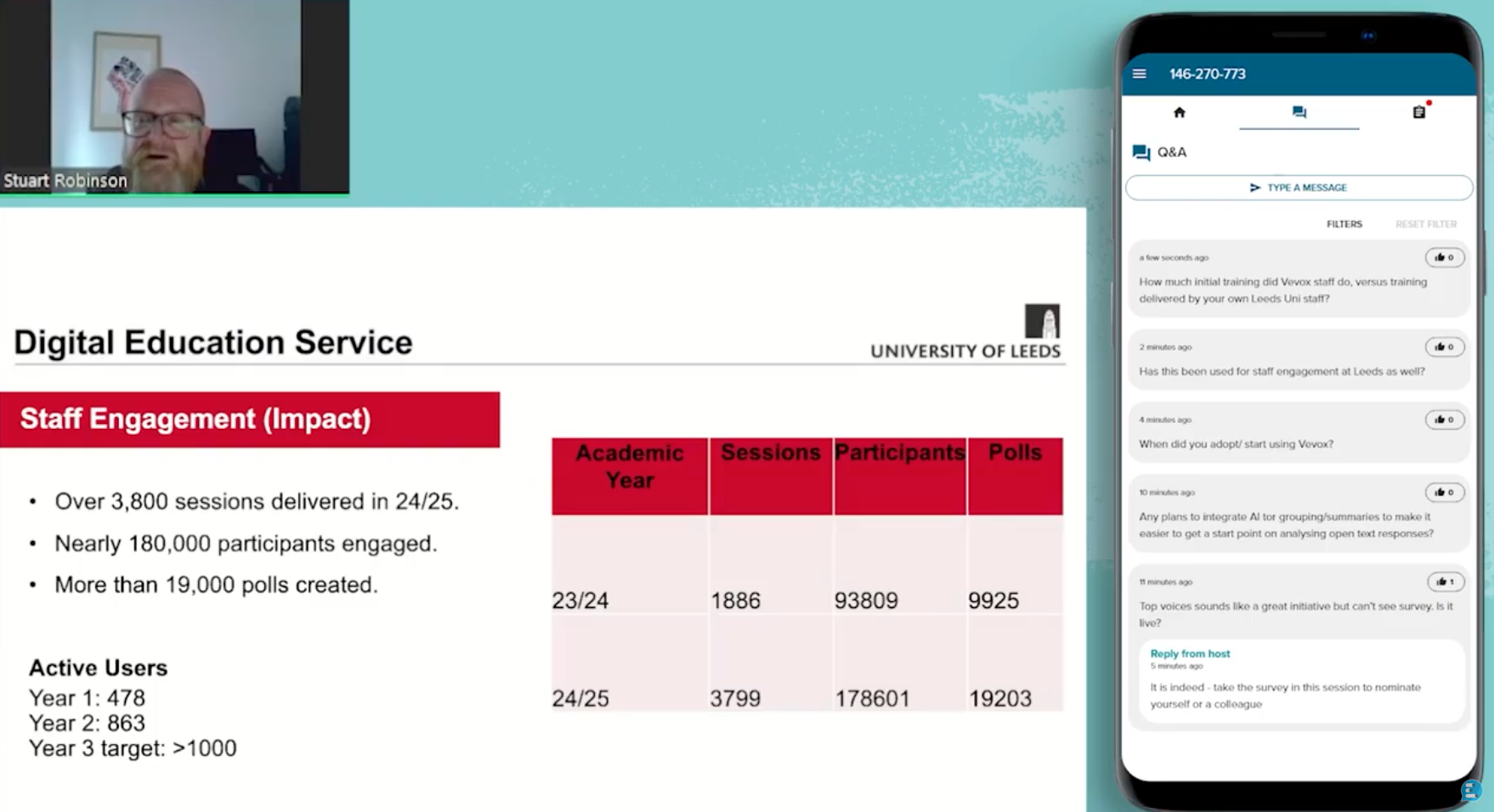What is active learning?
"Active learning" is a teaching strategy that can be used to engage students and improve their comprehension. It involves having students participate in activities before, during, or after class to reinforce information they have learned. This contrasts with passive learning strategies like lectures where the instructor talks to the class but doesn't require them to do anything. Active learning can involve group work or pair work where students are working together on a question or problem; it can also be individual work such as formative assessments (quizzes), reading articles or books and writing down questions about what you don't understand.
Active learning is a teaching method that involves student participation in the learning process. It's used in many different subjects and in many different ways. Active learning isn't about lecturing, it's about getting students to speak or be involved in some kind of way, not just listening and taking notes. There are many ways you can use active learning strategies to engage more students:
-
Use group work or collaborative activities such as role plays, debates or other types of discussions where everyone has an opportunity to be heard by their peers and teachers as well as contribute their own ideas and opinions through discussion. Using anonymous Q&A tools like Vevox.
-
Ask interactive questions that require students to think critically about what they have learned so far instead of providing answers directly from textbooks or lectures (voting platforms like Vevox make it easy!)
-
Hold quizzes based on class materials rather than having them memorize facts without understanding how they relate together
How can it be used in higher education?
Active learning can be used in all types of classes, but it's especially useful for large lectures where usually passive learning can easily take place. It helps students engage with the material, learn from each other and make connections between concepts. This type of learning also allows you to structure your course so that students are more active participants in their own education. There are many ways you can implement active learning into your course:
-
Allow students to answer questions throughout class time by having them vote anonymously or speak their minds (this is called "response mode").
-
Divide the class into small groups so everyone has a chance at speaking up during discussions or presentations (this is called "group mode").
-
Have students pair up with partners who are working on similar tasks as they are; this way they can bounce ideas off each other as they work through problems together (this is called "buddy pair mode") and helps to build a rapport to learn from each other.
What are the benefits of active learning?
Active learning is a more effective way for students to learn. It encourages student engagement and participation in the classroom, which can be used for large class sizes, discipline-specific or interdisciplinary courses. Active learners can be seen in higher grades, better retention rates, learner self-confidence, general happiness and satisfaction. When using active learning strategies can affect students' perceptions of themselves, the courses they take, their class environment and their overall college experience. Several studies have shown that learning by doing makes a huge impact on the knowledge that is retained by a student. Our guide explains how interactive methods like live polls can hugely benefit students in the classroom.
Challenges to implementing active learning
There are many challenges to implementing active learning in your classroom. The first is time. You may not have enough of it, or you might not be able to convince your peers that it's worth the effort (and cost) or to convince yourself that the time spent will be valuable enough. The second hurdle is resources. You don't want to spend money on something that won't work for your students and/or isn't sustainable for your school or university over time. Having access to the tools or learning materials that can help facilitate active learning is key.
If these are issues for you, consider how active learning can help address course design deficiencies by making them more engaging and interactive while also improving retention rates through additional review opportunities after class. Another way active learning helps solve these problems is by increasing student engagement through peer-to-peer interaction (instead of just listening quietly), which leads directly into another common challenge: getting buy-in from faculty members who don't believe in using technology as a standard in their teaching practice!
Types of Active Learning Strategies
-
Student-centred learning: In this approach, the teacher becomes a facilitator rather than an instructor. The focus is on learning through active participation and collaboration by students. The teacher provides guidance, support and resources for students to learn independently in groups or individually as they master specific skills or concepts. Learning by teaching or doing is a common way of flipping learning so the knowledge is more easily retained.
-
Case studies: Case studies are real-life scenarios that can be easily adapted to fit different classroom settings. They allow students to apply what they've learned from previous lessons while exploring new information in context with real-world problems or situations that require critical thinking skills for solving problems creatively. Students analyze all sides of an issue before coming up with solutions based on their understanding of each side's perspective which helps improve communication skills among classmates. Working together collaboratively towards common goals or problem solving helps others to learn different skillset and value other ideas that they wouldn't have thought of.
Conclusion
Active learning is a great way to engage your students and allow them to learn in a more meaningful way. It can be used in all subject areas and levels but it is especially helpful for those who are struggling with certain concepts or who may need some extra practice before moving on with course material. It's important to remember that students learn in different ways and active learning can be used effectively with all types of learners. By engaging students in an activity they will learn more than if they simply listen passively or read through notes.




